
Architecture and photography: A story of architecture through images
There are many ways to tell a story, one of them is photography.
Architecture and photography, although apparently independent of each other, are closely linked by elements that feed them both as: light, size, atmosphere, space and colour.
– Valia Barriello- Domus
Architecture is the concrete manifestation of a historical period, a culture, a political, religious thought etc., which manifests itself through the composition of elements, such as volumes, colours and materials with the task of making it usable and habitable. Photography (from the Greek phos, photo and graphis, handwriting, drawing that literally means drawing with light) is a tool that immortalizes moments of reality on a paper support making images aesthetically usable. Through photography, the reproduced images (places, people, shadows, etc.) can take on the value of memory, document, metaphor and poetry so it becomes possible to tell a story thanks to the sequence of single photos which, overall, must be able to transmit the message chosen by the photographer.
“The beauty of the anthropic landscape” is a story through images that highlights the positive aspects of architecture, showing its profound meaning, intrinsic spirituality, the link with the territory and with man.
The anthropic landscape
Demonized by environmental culture, mortified by bureaucracy and imprisoned in a corrupt system, the anthropic landscape, for better or for worse, accompanies the life of the individual throughout life. The following photographic essay aims to show architecture in its positive sense by highlighting its ability to influence human life, to integrate with the elements of nature and to appear “alive” thanks to the fact of being lived.
It is divided into three chapters, each consisting of three shots.
First chapter
In the first chapter “Architecture and Sky“, architecture is brought together with an element of nature (the sky), framing it in different ways. In equal measure, the two subjects enhance each other in a game of references and symbiotic relationships such as to make the sky appear in harmony with the architectural style.
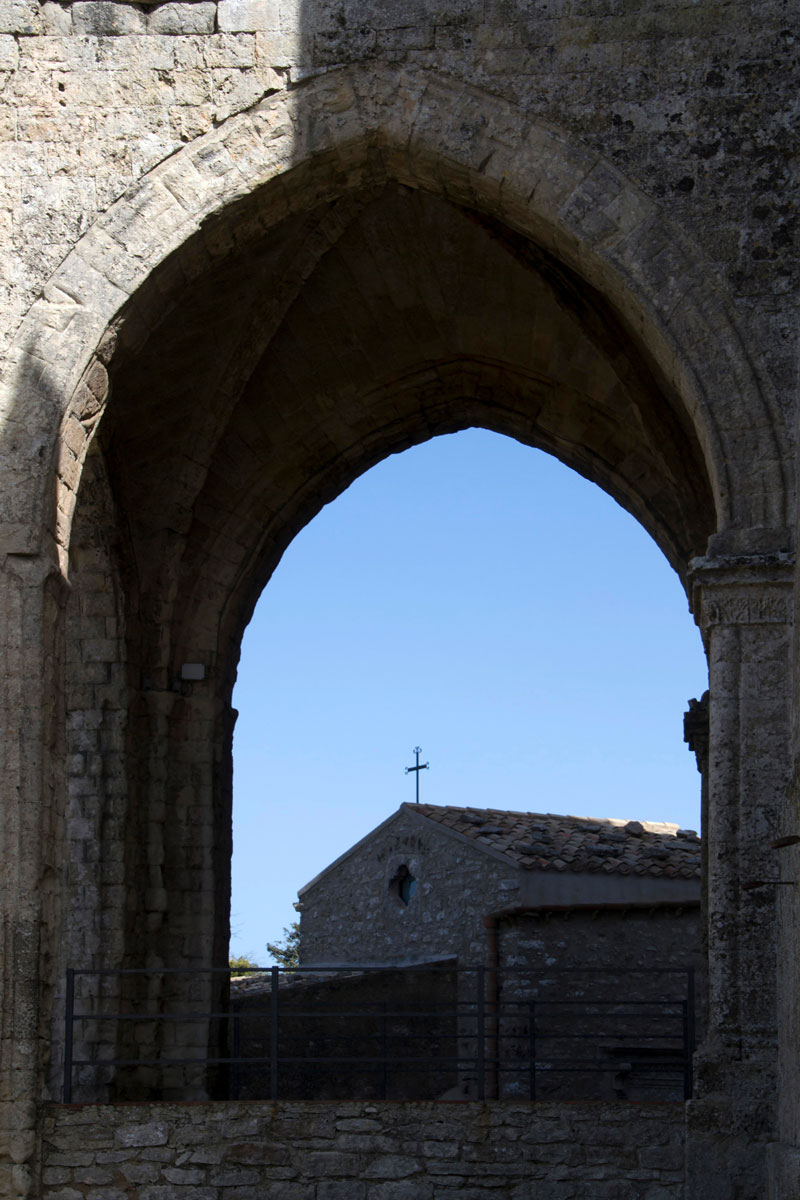
A clear, serene, solemn sky is enclosed within a medieval frame characterized by the same courtly rigor.
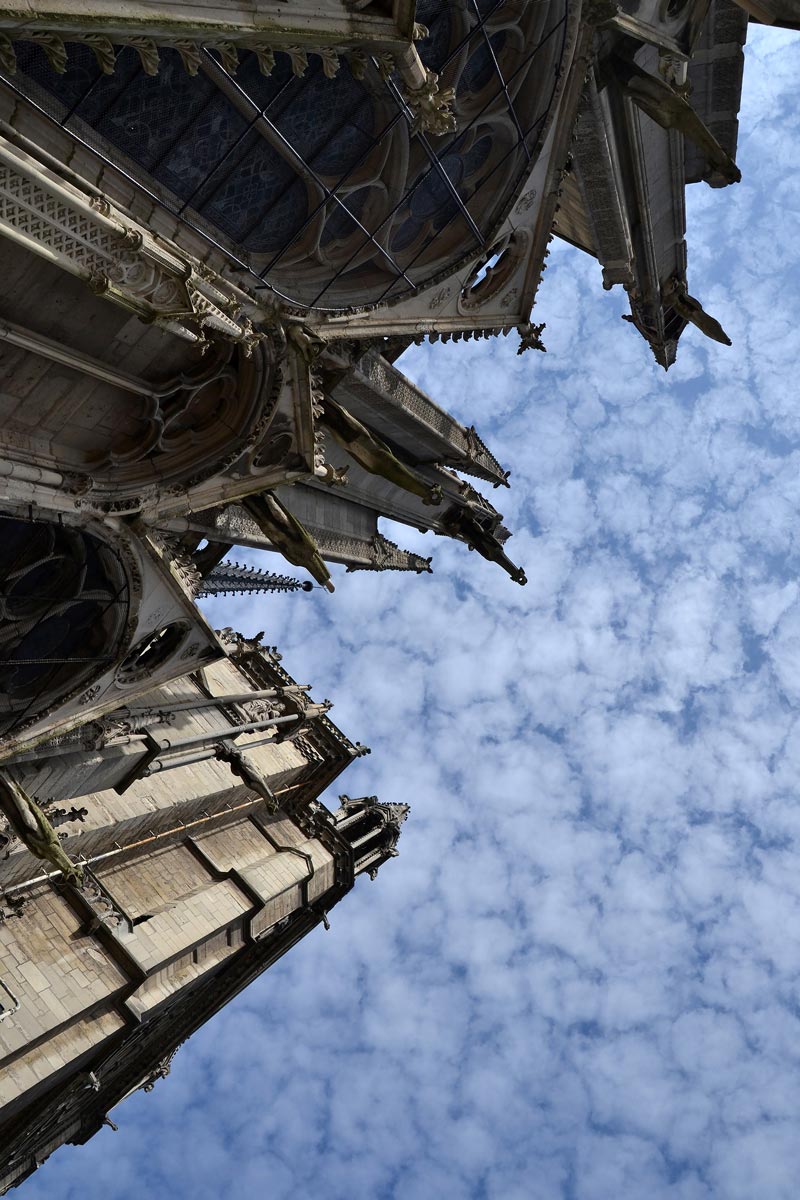
A Gothic facade, dematerialized and indefinite, stands out diagonally against a fragmented and perforated sky due to the clouds.

Two linear and contemporary glass skyscrapers delimit a vertical, modern sky, shaded by a play of reflections between glass and water.
Second chapter
In the second chapter “Urban Scenographies” the built landscape is approached to man making a backdrop to his daily life. The three shots highlight the ability of architecture to accompany, enhance and enrich human life, sometimes unconsciously at other times for a precise choice.
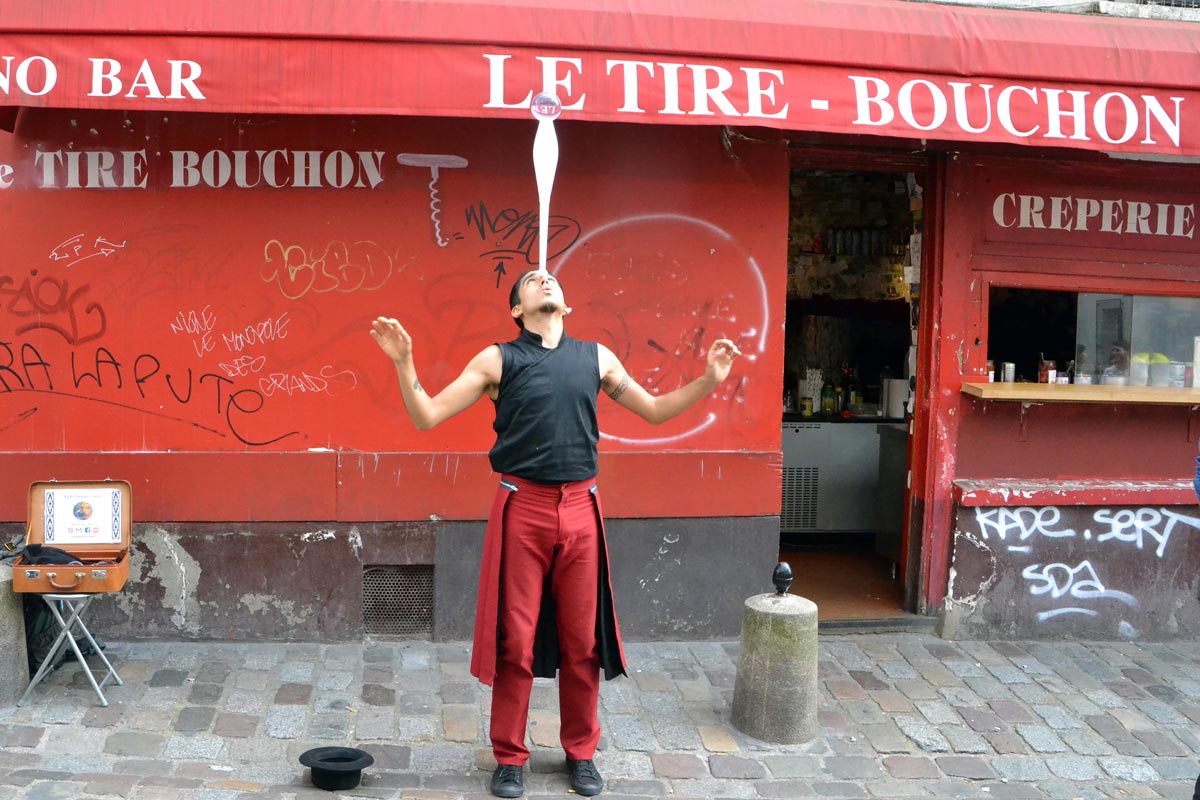
For his performance, a street artist chooses a background with a transitory but incisive character, consistent with his performance. [Gae Square]

A child plays with the water jets of a fountain, the scenography and the subject overlap and interact actively.
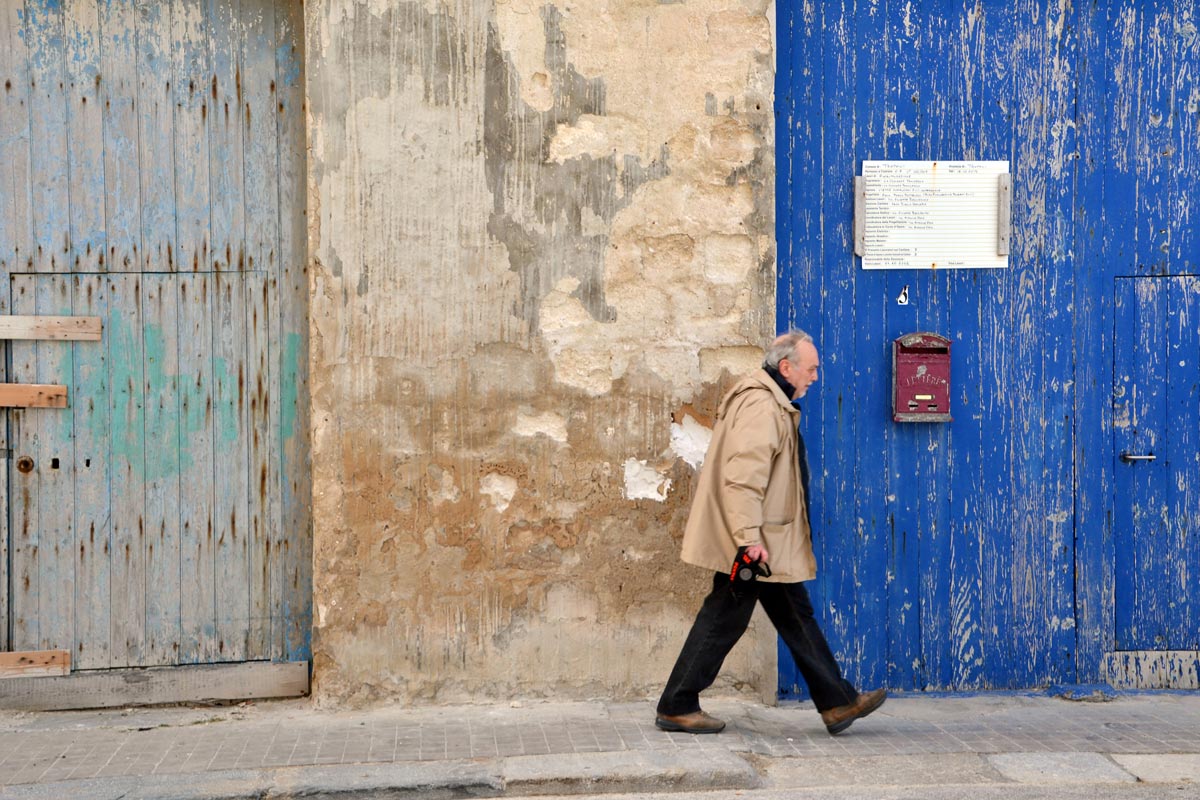
A tuff wall and a blue door are the background to an unsuspecting passer-by and immortalize it in its everyday life.
Third chapter
In the third chapter “Genius Loci” architecture confronts itself, with the function for which it was conceived. Each place has an identity, a soul, a spirit, or genius loci, the protective divinity (according to the cult of the Roman religion) of the spaces inhabited and frequented by man. It is therefore clear how the built landscape needs to be lived in order to come to life, without a function architecture cannot be defined in this way.
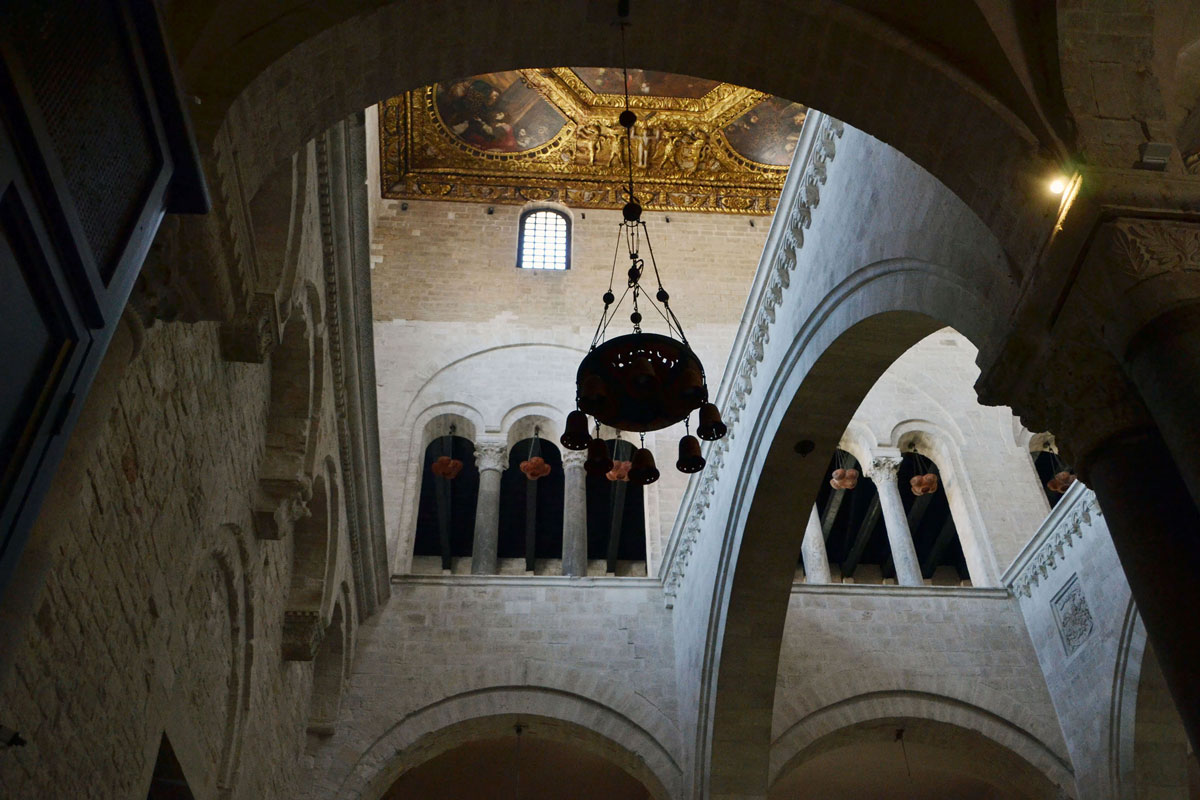
The basilica preserves the timeless spirit of Christianity, a sacredness that is perceived by walking through the interior spaces of the sanctuary.
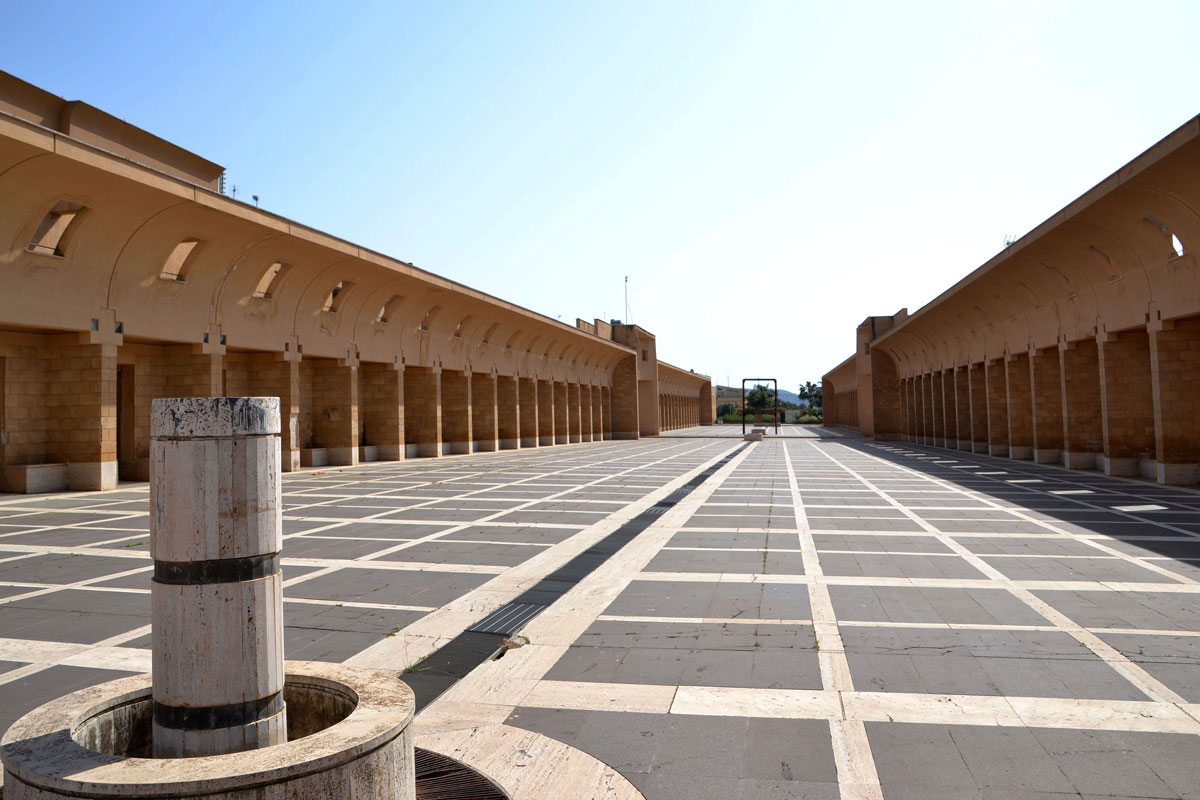
An empty square, a space designed for aggregation that appears unfinished precisely because it is not lived.

Fragments of existence, trapped in the rubble of a place that has lost its identity, appear to vibrate waiting to come back to life.